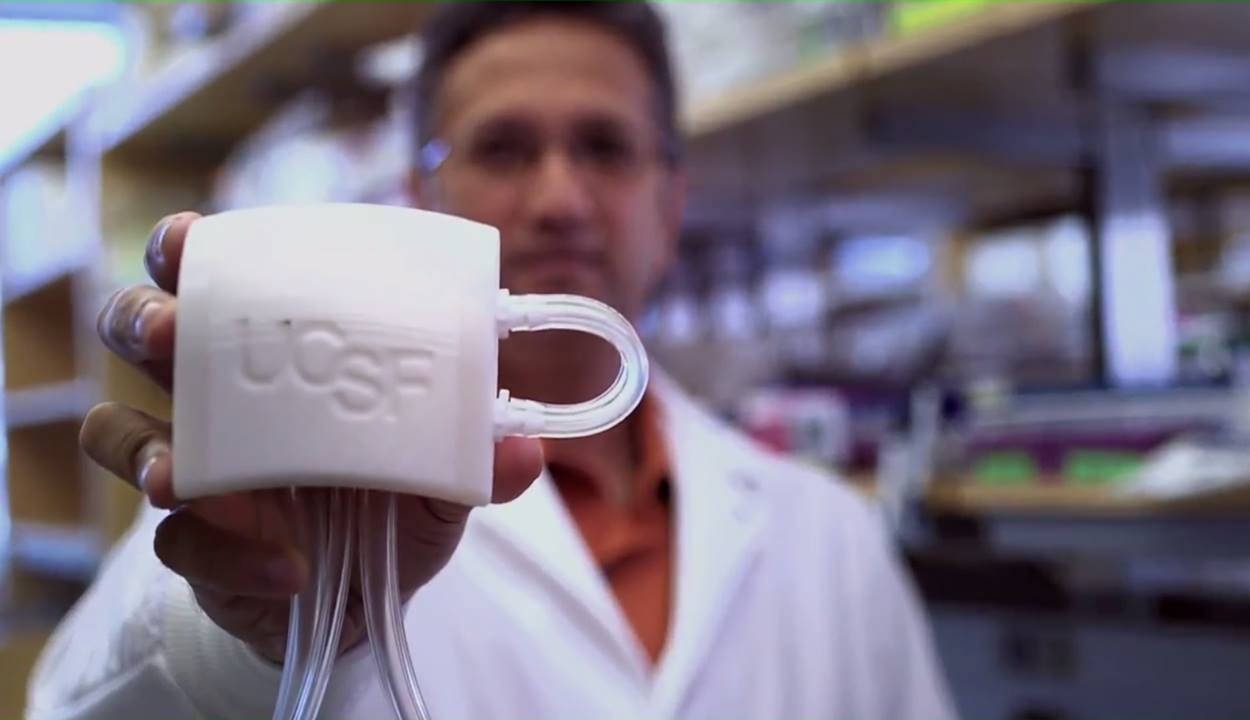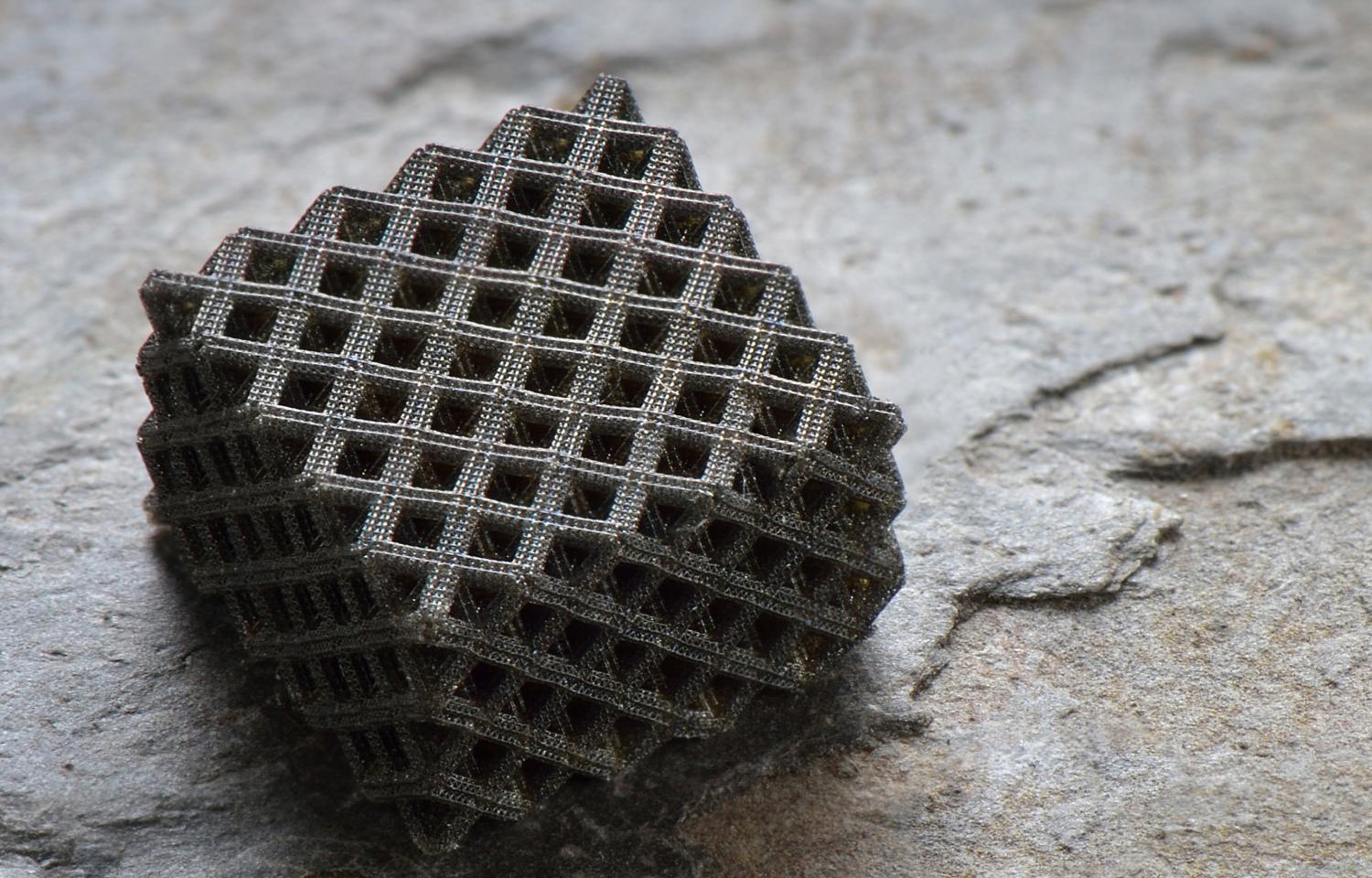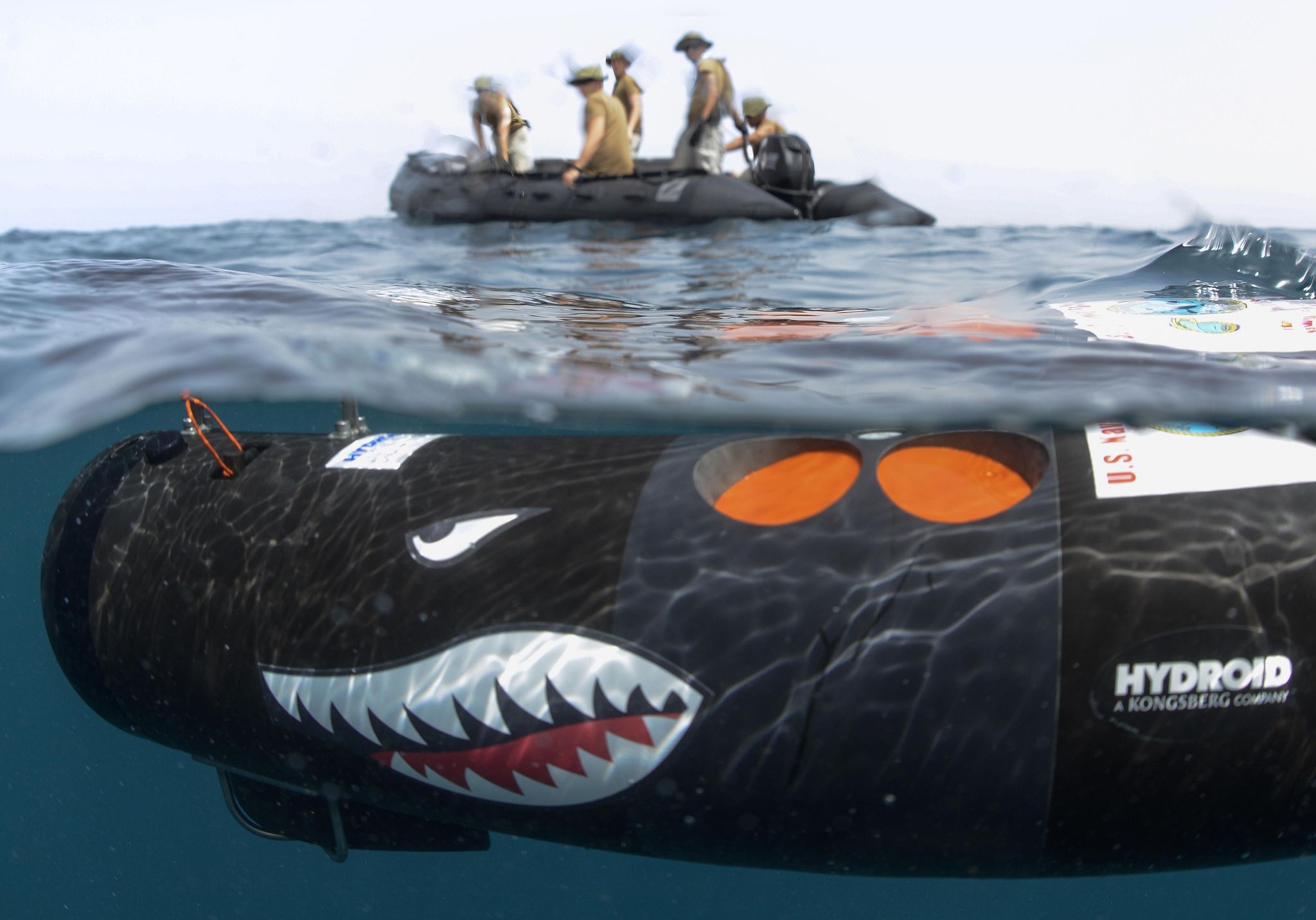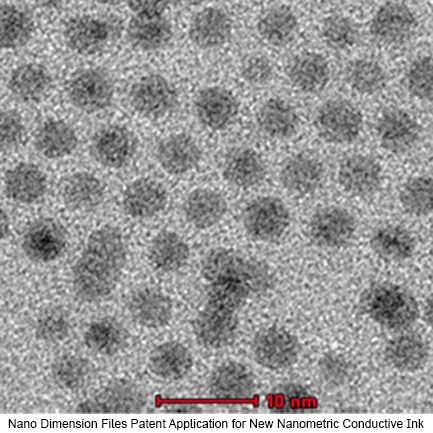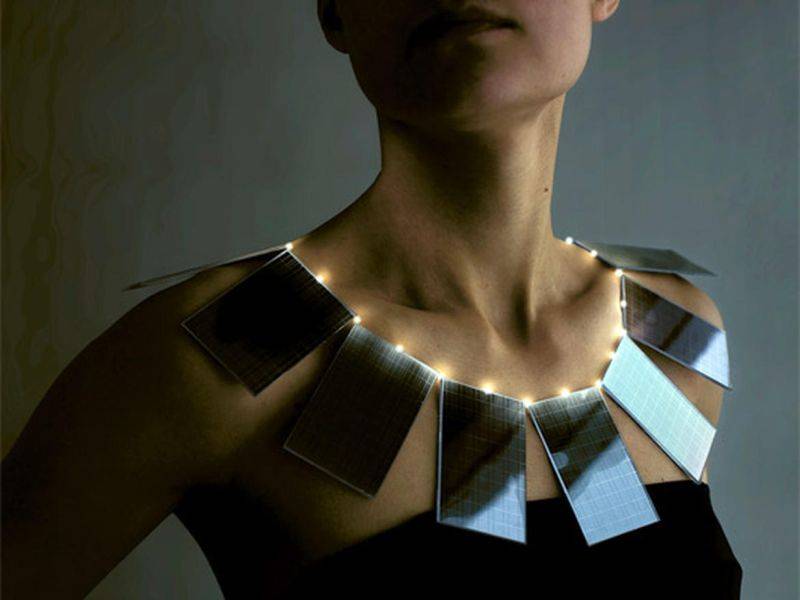Page 10668
Jul 19, 2016
Why the Cost of Living Is Poised to Plummet in the Next 20 Years
Posted by Shailesh Prasad in categories: economics, education, employment, food, government, habitats, health, robotics/AI, transportation
Powered by developments in exponential technologies, the cost of housing, transportation, food, health care, entertainment, clothing, education and so on will fall, eventually approaching, believe it or not, zero.
People are concerned about how AI and robotics are taking jobs, destroying livelihoods, reducing our earning capacity, and subsequently destroying the economy.
In anticipation, countries like Canada, India and Finland are running experiments to pilot the idea of “universal basic income” — the unconditional provision of a regular sum of money from the government to support livelihood independent of employment.
Continue reading “Why the Cost of Living Is Poised to Plummet in the Next 20 Years” »
Jul 19, 2016
Scientists develop way to upsize nanostructures into light, flexible 3D printed materials
Posted by Shailesh Prasad in categories: 3D printing, energy, engineering, nanotechnology
For years, scientists and engineers have synthesized materials at the nanoscale level to take advantage of their mechanical, optical, and energy properties, but efforts to scale these materials to larger sizes have resulted in diminished performance and structural integrity.
Now, researchers led by Xiaoyu “Rayne” Zheng, an assistant professor of mechanical engineering at Virginia Tech have published a study in the journal Nature Materials that describes a new process to create lightweight, strong and super elastic 3D printed metallic nanostructured materials with unprecedented scalability, a full seven orders of magnitude control of arbitrary 3D architectures.
Strikingly, these multiscale metallic materials have displayed super elasticity because of their designed hierarchical 3D architectural arrangement and nanoscale hollow tubes, resulting in more than a 400 percent increase of tensile elasticity over conventional lightweight metals and ceramic foams.
Jul 18, 2016
Stanford Researchers ‘Trick’ Human Stem Cells To Regenerate Faster
Posted by Shailesh Prasad in categories: biotech/medical, life extension
Researchers at the Stanford University School of Medicine found a way to trick human embryonic stem cells to become pure populations of any of 12 cell types, including bone, heart muscle and cartilage within days.
Scientists at the Stanford University School of Medicine have identified the sets of biological and chemical signals necessary to quickly and efficiently direct human embryonic stem cells. If successful, researchers could grow pure populations of any of 12 cell types, including bone, heart muscle and cartilage within days rather than the weeks or months previously required.
This is key toward clinically useful regenerative medicine – potentially allowing researchers to generate new beating heart cells to repair damage after a heart attack or to create cartilage or bone to reinvigorate creaky joints or heal from trauma.
Continue reading “Stanford Researchers ‘Trick’ Human Stem Cells To Regenerate Faster” »
Jul 18, 2016
No Man’s Sky will have a soundtrack written by algorithms
Posted by Shailesh Prasad in categories: information science, mathematics, media & arts
Jul 18, 2016
Mercedes’ autonomous bus makes a landmark trip on public roads
Posted by Shailesh Prasad in categories: robotics/AI, transportation
Mercedes-Benz’s CityPilot autonomous bus technology just got a real-world, long-range test drive on the streets and highways of the Netherlands. One of the company’s Future Bus vehicles successfully followed a 20km Bus Rapid Transit route between Amsterdam’s Schiphol airport and the nearby town of Haarlem, navigating through tight turns, intersections and pedestrian areas all without the need for human input.
The CityPilot platform is based on a version of Daimler’s Highway Pilot autonomous trucking technology adapted to handle the specific needs of a city bus. With GPS, radar and a dozen cameras built into the vehicle itself, the bus can recognize traffic signals, pedestrians and other obstacles. The bus has a top speed of 70km/h (or about 43 mph) and all that data taken together allows the bus to position itself within inches of bus stops or raised accessibility platforms.
Although regulations still require a human operator sit behind the wheel in case of an emergency, the vehicle’s intelligent systems make for a much smoother ride for everyone. Unlike other autonomous vehicles, the bus is actually connected to the city network so it can communicate directly with traffic lights and other city infrastructure. The camera systems can even scan the road for potholes, so buses can avoid rough patches on their next run or share that data back to the city.
Continue reading “Mercedes’ autonomous bus makes a landmark trip on public roads” »
Jul 18, 2016
The Ethics of Artificial Intelligence in Intelligence Agencies
Posted by Karen Hurst in categories: ethics, health, robotics/AI
The defense community has already begun a healthy dialogue about the ethics of AI in combat systems.
Jul 18, 2016
DARPA Awards $7.5M Grant For Development Of Implantable Biosensors
Posted by Karen Hurst in categories: health, military
Cannot wait to see the work on this.
DARPA has awarded a grant worth $7.5 million to San Francisco-based Profusa for the development of tissue-integrated biosensors. The biosensors will be used by the military to monitor the health status of soldiers in real time.
( Profusa )
Continue reading “DARPA Awards $7.5M Grant For Development Of Implantable Biosensors” »
New ink for printers to improve speed and conserve ink. I know a few legal and accounting firms that would love this.
Nano Dimension Ltd has announced that its wholly owned subsidiary, Nano Dimension Technologies, has filed a patent application with the U.S. Patent and Trademark Office for the development of a new nanometric conductive ink, which is based on a unique synthesis.
The new nanoparticle synthesis further minimizes the size of the silver nanoparticles particles in the company’s ink products. The new process achieves silver nanoparticles as small as 4 nanometers.
